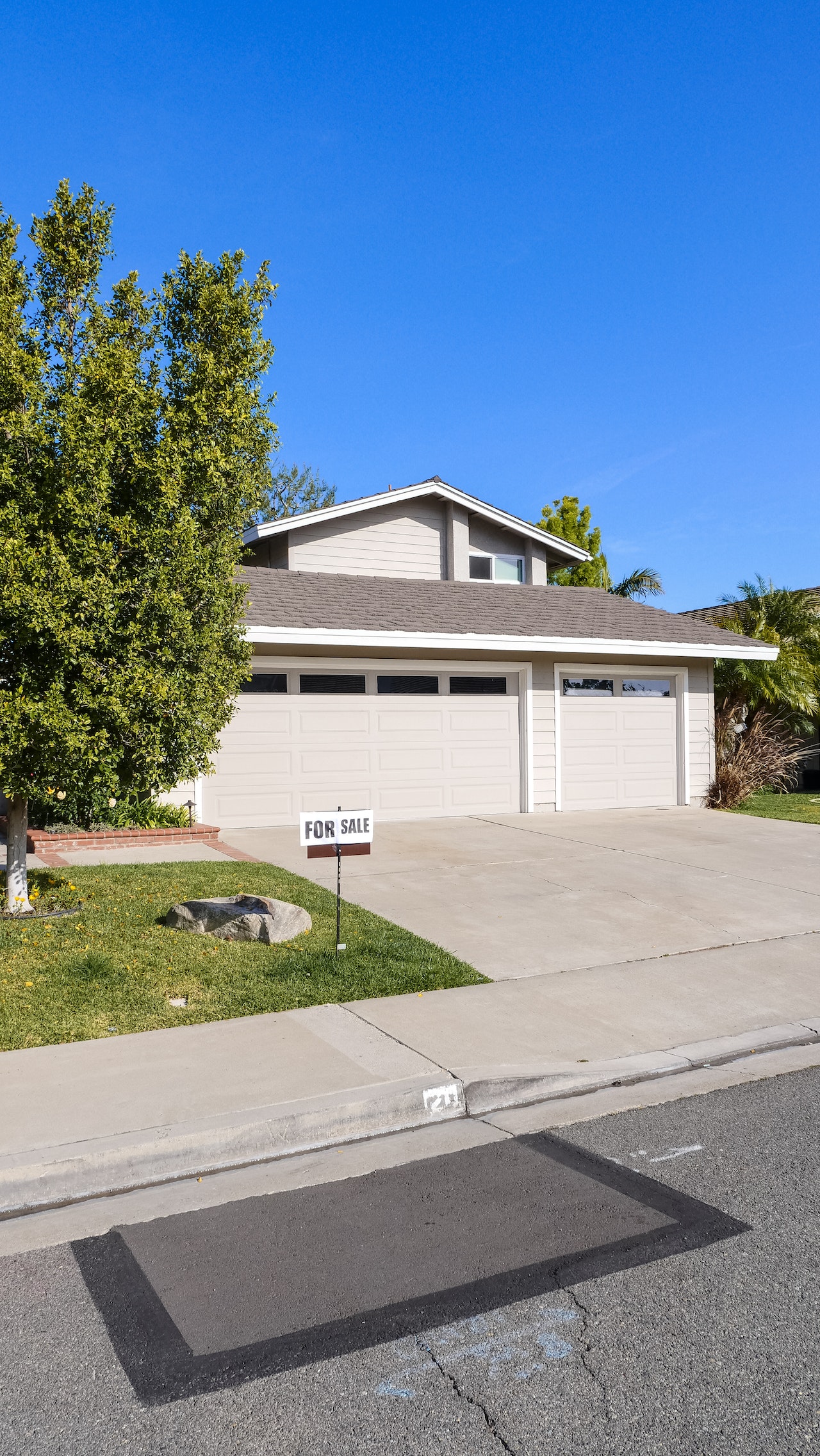In July, the relentless surge in US home prices reached a historic milestone, with prices climbing for the sixth consecutive month to achieve a new record high. The driving force behind this relentless ascent? Severe inventory shortages that have intensified competition among homebuyers.
According to the S&P CoreLogic Case-Shiller National Home Price Index, home prices in July surged by 0.6% on a month-over-month basis, and on a seasonally adjusted basis, the increase stood at 1% over the last 12 months. This movement marked a significant milestone as it surpassed the previous record set in June 2022.
Craig J. Lazzara, Managing Director at S&P DJI, remarked on this remarkable trend, stating, “U.S. home prices continued to rally in July 2023. The increase in prices that began in January has now erased the earlier decline from the second half of 2022, making July represent a new all-time high for the National Composite.”
The 20-city index, which measures existing home prices in the 20 largest cities across the United States, showed a robust monthly increase of 0.9% in July following seasonal adjustment. This exceeded the expectations of economists surveyed by Bloomberg, who had predicted a 0.7% increase.
Lazzara emphasized the broad-based nature of this recovery, stating, “This recovery in home prices is broadly based. As was the case last month, 10 of the 20 cities in our sample have reached all-time high levels. In July, prices rose in all 20 cities after seasonal adjustment, and in 19 of them before adjustment.”
Over the past 12 months, the 20-city index saw a modest increase of 0.1%. For the third consecutive month, cities such as Chicago, Cleveland, and New York reported the highest year-over-year gains among the largest U.S. metropolitan areas in July, with gains standing at 4.4%, 4%, and 3.8%, respectively.
The median home price for existing homes in the United States in July increased by 1.9% to reach $406,700, as reported by the National Association of Realtors (NAR). This robust housing market indicates that despite some buyers stepping back due to elevated borrowing costs, the demand for homes continues to outpace the available supply.
One notable aspect of median prices is their resistance to influence from outliers, such as exceptionally expensive or inexpensive properties, making them a reliable cost measurement metric compared to average home prices.
Danielle Hale, Chief Economist at Realtor.com, highlighted the impact of rising mortgage rates on the housing market: “This month’s index data tracks May, June, and July, a period when mortgage rates neared 7% in mid-July, creating the second blow to housing affordability. Existing home sales, constrained by low inventory and high costs causing many existing homeowners to remain in place, continued to decline in July.”
The surge in home prices can be attributed to the dwindling housing supply in the market, stemming from a combination of already low inventory and homeowners opting to hold onto their properties to retain lower mortgage rates. July witnessed a 14.6% decline in the inventory of unsold listings, dropping from 1,300,000 units the previous July to 1,110,000 units.
Danny Sassoon, Senior Loan Officer and Assistant Vice President of Citizen Bank, emphasized the role of low mortgage rates in homeowners’ decisions: “If homeowners have mortgages at 2, 3, or 4%, they are less inclined to sell their house or their apartment.”
Higher mortgage rates have also had a profound impact on demand. In July, the average four-week rate for a 30-year loan stood at 6.84%. The combined effect of soaring home prices and mortgage rates has gradually eroded buyers’ purchasing power.
Danielle Hale stated, “Higher mortgage rates have radically altered homebuyer purchasing power and have been a key factor in existing home sales dropping from a more than 6.5 million unit pace in early 2022 to the roughly 4 million unit pace in recent months.”
While property research firms project continued price increases into 2024, they anticipate a more moderate pace due to elevated mortgage rates. According to CoreLogic, U.S. home prices could experience a year-over-year gain of 3.5% by July 2024.
Selma Hepp, Chief Economist for CoreLogic, remarked, “The projection of prolonged higher mortgage rates has dampened price forecasts over the next year, particularly in less-affordable markets. However, as there is still an extreme inventory shortage in the Western U.S., home prices in some of those markets should see relatively more upward pressure.”
For prospective buyers, the path ahead may become even more challenging, as the Federal Reserve recently suggested its intention to maintain higher interest rates for an extended period. Lawrence Yun, the Chief Economist of the National Association of Realtors, warned of the possibility of mortgage rates reaching as high as 8% in the short run. Yun emphasized that while mortgage rate changes will have a significant short-term impact, job gains will exert a steady, positive influence over the long run.
Source: Yahoo Finance



